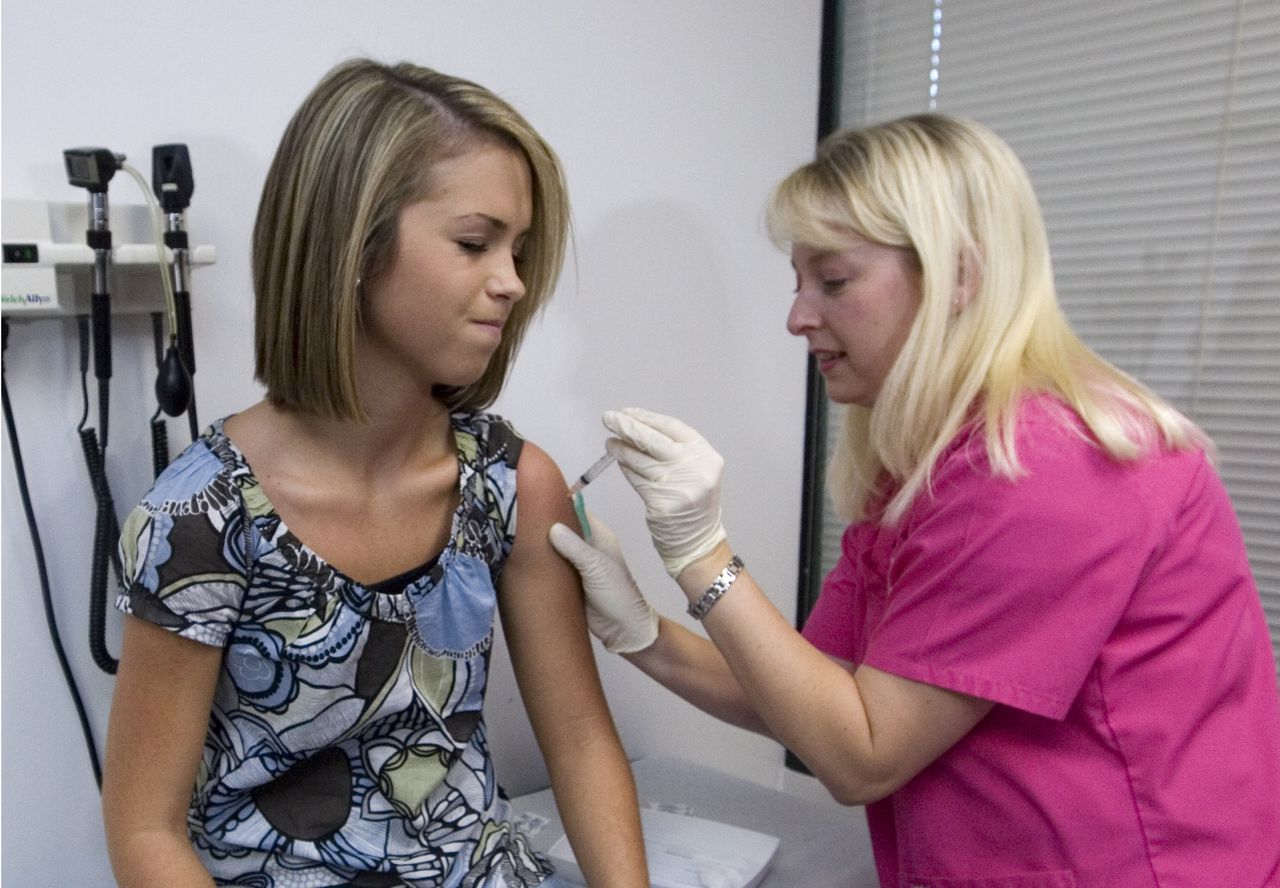Researchers say cervical cancer initiative in Alabama Black Belt ‘paying off’
A one-year education initiative to prevent cervical cancer in six rural Alabama counties in the Black Belt wraps up this summer.
“We’re already seeing it’s paying off,” said Annerieke Smaak Daniel, a Researcher at Human Rights Watch, one of the groups leading the effort. “We know through conversations that advocates have had that that they know that parents have gone and gotten kids vaccinated against the HPV vaccine.”
Sarah Bobrow-Williams, a senior consultant with the Southern Rural Black Women’s Initiative, said the aim is to educate people about the HPV vaccine, which can prevent cervical cancer, and the fact that older women are at greater risk for developing the cancer and should seek out screening, information that many people don’t realize.
About 7.5 per 100,000 women in the U.S. have cervical cancer in any given year, but in Alabama 9.1 women out of 100,000 do, according to a 2022 report from the Alabama Department of Public Health. The state was ranked fifth worst in the country for the incidence rate of cervical cancer, according to the Centers for Disease Control. Black women are more likely than white women to develop the disease.
“When you see Black women dying at such high rates from a disease, we know is highly preventable, it’s highly treatable, it’s very clear whose health and whose rights our government is invested in and is prioritizing,” said Smaak Daniel.
The initiative was launched by Human Rights Watch and the Southern Rural Black Women’s Initiative for Economic and Social Justice. The program was based partly on a similar initiative in Georgia, a state with similarly high rates of cervical cancer among Black women.
As part of the effort, six women were hired to hold conversations with members of their communities to prevent deaths from cervical cancer in counties with higher rates, Marengo, Sumpter, Lowdnes, Wilcox, Crain, and Bullock.
“These are women who are impacted by cervical cancer disparities in their own communities, and it is important that they are the ones who are leading the work,” said Smaak Daniels, “to ensure that their sisters, their families, their communities are able to access the care that they need.”
The women are holding listening sessions and advocating with other women in their area to identify barriers to getting care. The lack of Medicaid expansion, not having gynecologists in many counties and the stigma around the disease are common barriers to care.
“Information, affordability, racism in the healthcare system, transportation, all those things that go with poverty,” are obstacles to prevention said Bobrow-Williams.
